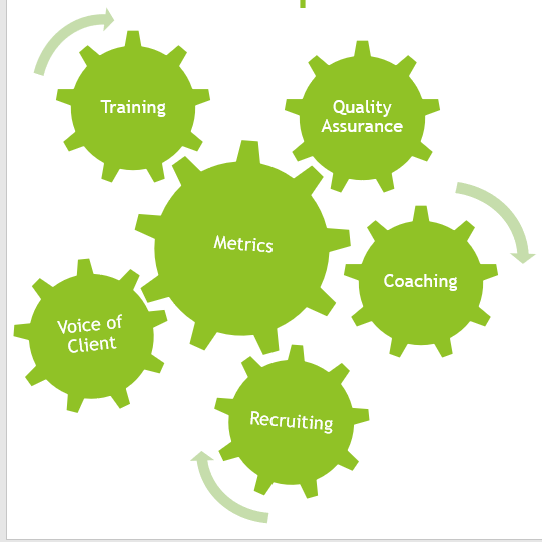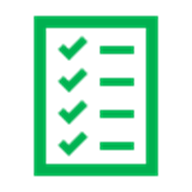One of the projects I initiated was called Connect The Dots. It was an effort to look at performance metrics between Quality Assurance, coaching, training, voice of client, and recruiting to look at attributions, causal links, and individual characteristics.

What we did so far
- We articulated the new hire training course plan to the quality assurance form
- We matched up surveys voice of client calls to the quality assurance form
- We gathered the quantitative and qualitative scores and observations from 2 sample new hire training classes and added that into our model
- We gathered 20 sample recordings from 16 people from the new hire classes and added them into our model
- We gathered the voice of client surveys for each of those individuals and added them to our model
What was left to do
We have not yet analyzed…
- if performance in class per topic is tied to performance with actual clients
- If changes in training method has a change in performance with clients
- If changes in mentoring have a change in performance with clients
- If changes in coaching have a change in performance with clients
- If changes in resources such as tools or knowledge management systems has a change in performances with clients
- If updates in systems has a change in performance with clients
- If there are cohort group differences in what time of year we hire or train
- If there are individual characteristics of people who are lower or higher performers
- If there are predictive items that we could measure for high performers that we could tie to recruiting


